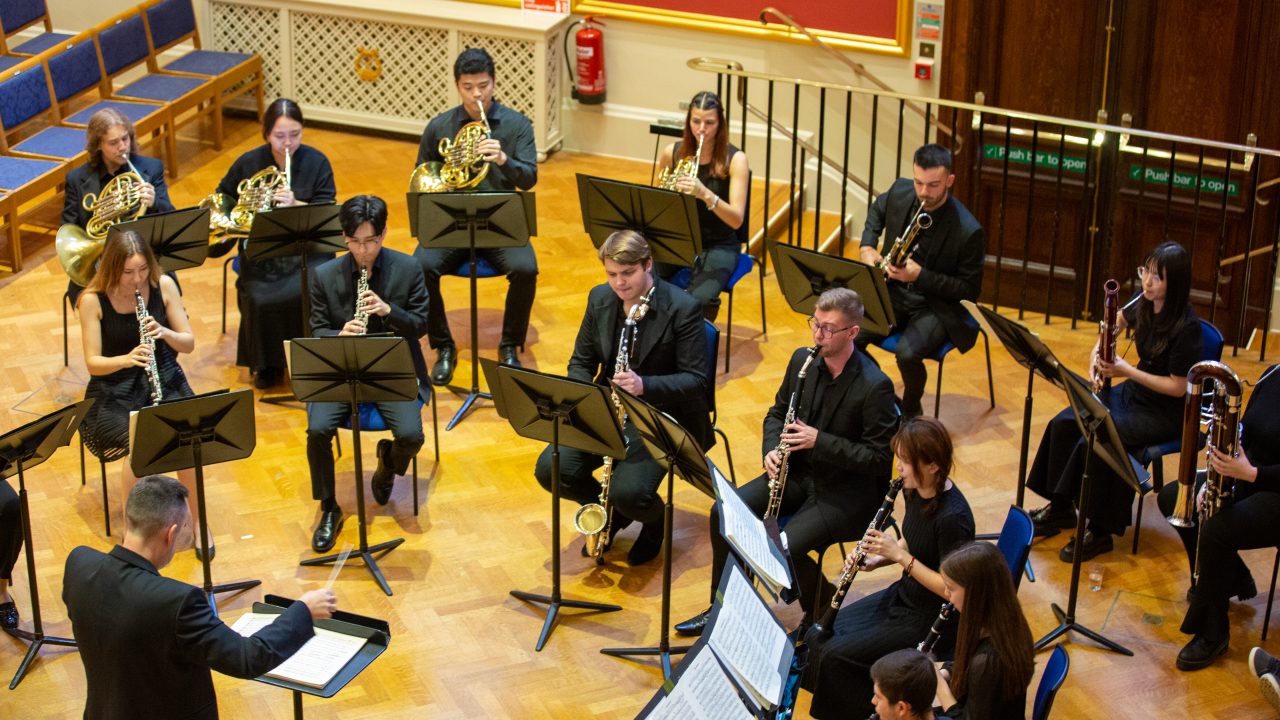Maura Marinucci, Principal Clarinet of the Philharmonia Orchestra and Professor of Clarinet at the Royal Academy of Music, joins forces with students to offer a fresh take on a cornerstone of wind repertoire.
Not much is known about the compositional history of Mozart’s wind Serenade in B flat. It was possibly written around 1781, when the composer was in his mid-twenties, and maybe inspired by the many excellent wind players he had met in Vienna. While its origins remain mysterious and controversial, it is clear that this work made an impression on his contemporaries; ‘oh, what an effect it made—glorious and grand, excellent and sublime!’, critic and writer Johann Friedrich Schink remarked in his memoirs.
Written for an unusual assortment of 13 instruments, when an ensemble of 6 or 8 instruments would have been usual, its scope defied the norm for the era. Nested within the movements are two iconic adagios; the first is the musical number with which playwright Peter Shaffer and film director Miloš Forman chose to dramatise Salieri’s encounter with Mozart’s skill in Amadeus; the second (Romance) is a serenade in the usual sense—a song from a lover to a beloved.
